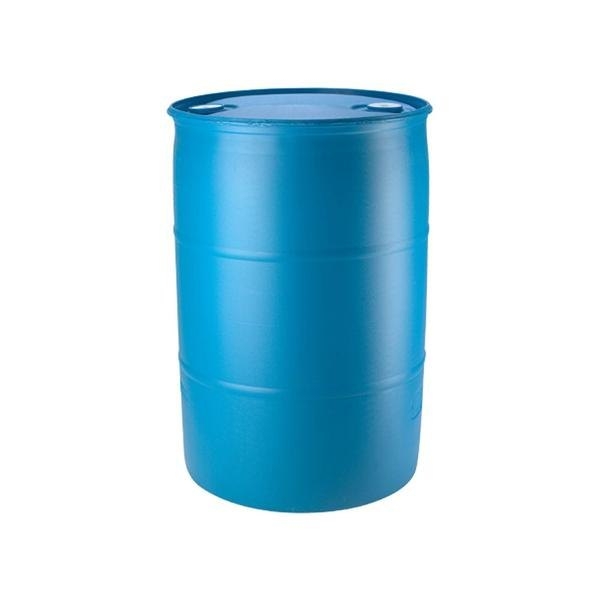Quaternary Ammonium Compound 50% (Catigene T50)
Catigene T50, or 50% quaternary ammonium solution, is a chemical compound used as a disinfectant and bactericide in various industrial and commercial applications. It is a solution containing 50% quaternary ammonium, a type of ammonium compound featuring four organic groups attached to a nitrogen atom, giving it antimicrobial properties.
Catigene T50, also known as quaternary ammonium compound, is a versatile chemical agent widely used in various industrial and commercial applications.
Chemical Composition:
Catigene T50 contains a 50% solution of quaternary ammonium compound. The exact chemical formula and structure may vary based on the specific compound used.
Physical Properties:
- Appearance: Clear liquid.
- Concentration: 50% (w/w) quaternary ammonium compound.
- Color: Colorless to pale yellow.
- Odor: Mild characteristic odor.
- Solubility: Soluble in water.
- pH: Typically alkaline, around 9-11.
Applications:
- Disinfectant: Catigene T50 is used as a disinfectant in various settings, including hospitals, laboratories, and food processing facilities. It effectively kills a broad spectrum of bacteria, viruses, and fungi.
- Sanitizing Agent: It is used for sanitizing surfaces and equipment in the healthcare, hospitality, and food industries to ensure hygiene standards are met.
- Biocidal Agent: Catigene T50 acts as a biocidal agent, making it suitable for controlling microbial growth in water systems, cooling towers, and industrial processes.
- Detergent and Cleaner: It is incorporated into cleaning formulations due to its excellent surfactant properties, helping to remove dirt and grime effectively.
- Deodorizer: Catigene T50 neutralizes odors and is used in air fresheners and deodorizing products.
- Textile Industry: It is employed in textile finishing processes as an antimicrobial agent and to impart certain properties to fabrics.
Safety Precautions:
Proper protective equipment, including gloves and goggles, should be worn when handling Catigene T50.
It should be used in well-ventilated areas to avoid inhalation of fumes.
Careful handling and storage are necessary to prevent spills and accidents.


